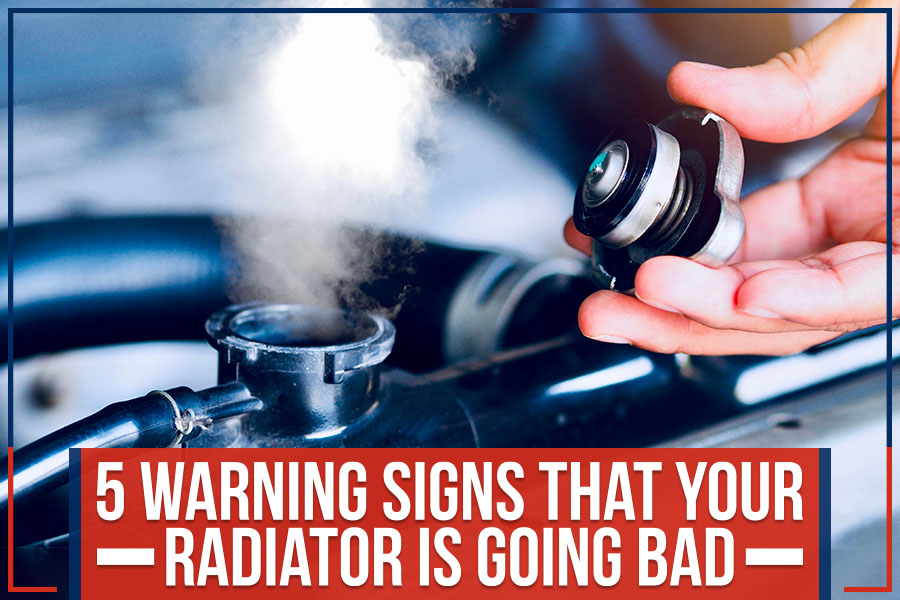
When it comes to your car, it’s essential to stay ahead of any potential problems. One such issue that can sneak up on you is a radiator repair. If you’re not sure about how a faulty radiator ought to operate, read on for a few essential hints.
Luckily, most of these signs are easy to spot, so you can address the problem before it becomes more costly. Watch out for leaks, strange noises, and overheating – and remember, if in doubt, always consult with a professional!
What Does an Automobile Radiator Do?
An automobile radiator has a few key jobs. It helps keep the car engine coolant at the right temperature, prevents overheating, and protects your car from corrosion.
If there’s a problem with your automobile radiator, it can cause severe issues for your car engine. That’s why you must be aware of the warning signs that your car needs a radiator repair.
Warning Signs It’s Time for a Radiator Repair
1. Car Coolant Leak:
Car coolant is a liquid that circulates through your car engine to keep it from overheating. Suppose you notice a puddle of bright green or orange juice beneath your car. In that case, it’s likely coolant and an indication that there’s a leak in your radiator. Car coolant can leak from several places, including the radiator cap, hoses, and engine gasket.
2. Overheating Car Engine:
Your car engine performs optimally between 195- and 220-degrees Fahrenheit. If your car’s temperature gauge needle starts creeping into the red zone, it means your engine is overheating. A few reasons could cause overheating, but a car coolant leak is one significant possibility. Plus, if your automobile radiator is clogged by rust or debris, it won’t be able to properly cool your engine.
3. Coolant Discoloration:
Your car engine coolant passes through the engine and radiator countless times to keep your car engine at the ideal temperature. Over time, the coolant will start to change color from its original green hue to either brown or yellow. It is an indication that there’s rust in your system, which means it’s time for a radiator flush. The car engine coolant may also become more viscous or thicker, making it more difficult for the coolant to do its job correctly.
4. Dirty Radiator Fins:
Like your car’s engine, your automobile radiator has several components. Each serves an essential purpose in keeping your car engine cool. The radiator fins are thin metal pieces that help to dissipate the heat from the fluid inside the radiator. When these fins become covered in dirt and debris, heat is more difficult to escape, leading to engine overheating. The fins may also get damaged due to impact, causing them to bend and become less effective.
5. Radiator Hoses:
The radiator hoses are responsible for carrying the hot coolant from the engine to the radiator and then back again. Over time, these lines & hoses can become brittle and cracked, which can cause a car coolant leak. In extreme cases, the hose may rupture, causing a complete loss of car engine coolant and resulting in engine failure. You can inspect your radiator hoses regularly for signs of wear and tear, such as cracks, leaks, or bulges.
Conclusion:
Regular automobile radiator maintenance is crucial to keeping your car running correctly. Be sure to keep an eye out for any of the above warning signs, and bring your vehicle to Feldman Chevrolet of Lansing, offering the best radiator repair in Charlotte, MI, at the first sign of trouble.
Our expert technicians will be able to quickly diagnose the problem and get your car back on the road in no time.
Schedule an appointment today!





